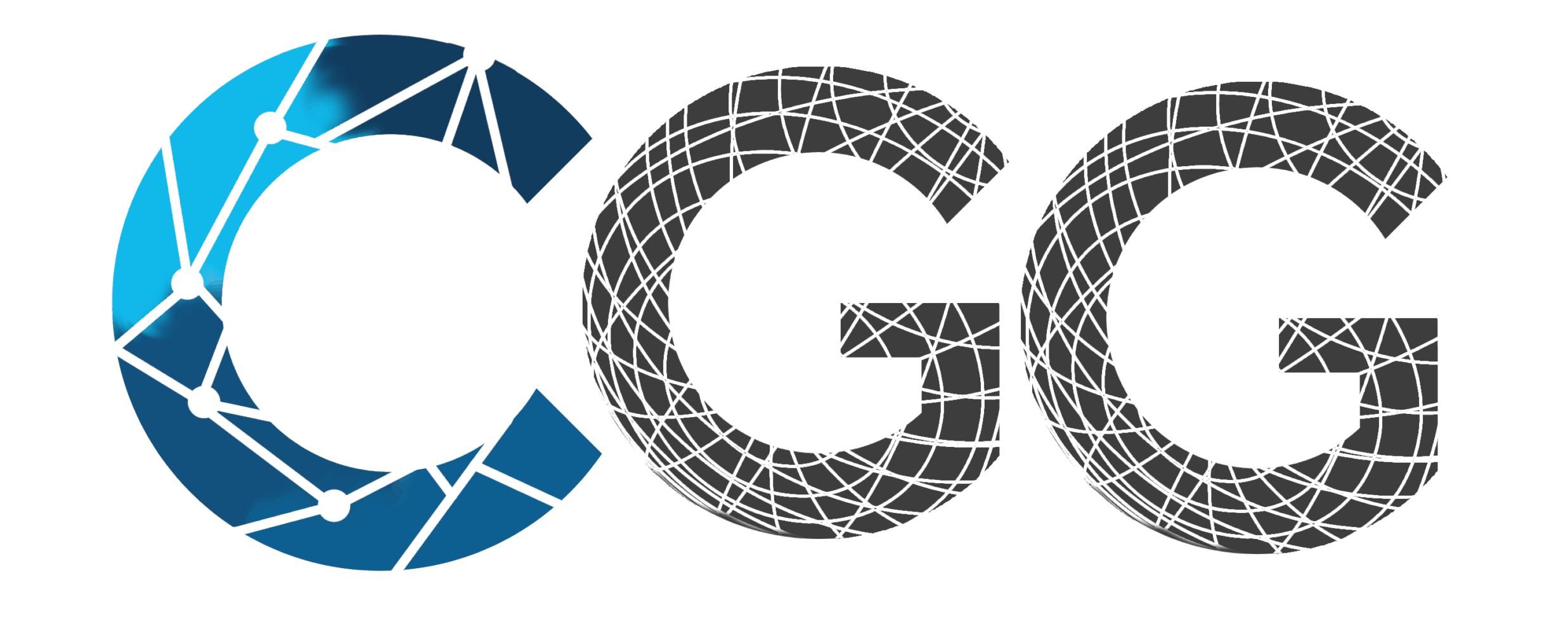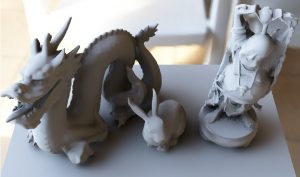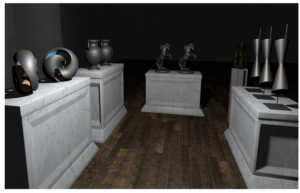Investigation and Simulation of Diffraction on Rough Surfaces
Olaf Clausen, Yang Chen, Arnulph Fuhrmann and Ricardo Marroquim
In: Computer Graphics Forum, 42: 245-260.

Abstract
Simulating light-matter interaction is a fundamental problem in computer graphics. A particular challenge is the simulation of light interaction with rough surfaces due to diffraction and multiple scattering phenomena. To properly model these phenomena, wave-optics have to be considered. Nevertheless, the most accurate BRDF models, including wave-optics, are computationally expensive, and the resulting renderings have not been systematically compared to real-world measurements.
This work sheds more light on reflectance variations due to surface roughness. More specifically, we look at wavelength shifts that lead to reddish and blueish appearances. These wavelength shifts have been scarcely reported in the literature, and, in this paper, we provide the first thorough analysis from precise measured data.
We measured the spectral in-plane BRDF of aluminum samples with varying roughness and further acquired the surface topography with a confocal microscope. The measurements show that the rough samples have, on average, a reddish and blueish appearance in the forward and back-scattering, respectively. Our investigations conclude that this is a diffraction-based effect that dominates the overall appearance of the samples. Simulations using a virtual gonioreflectometer further confirm our claims. We propose a linear model that can closely fit such phenomena, where the slope of the wavelength shifts depends on the incident and reflection direction. Based on these insights, we developed a simple BRDF model based on the Cook-Torrance model that considers such wavelength shifts.
Paper
Final published paper and supplemental material: http://doi.org/10.1111/cgf.14717
Multi-Modal Dataset
The data is freely usable for research purposes.
©Copyright 2022 TH Köln





